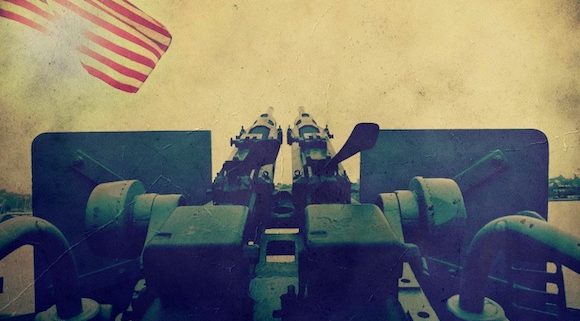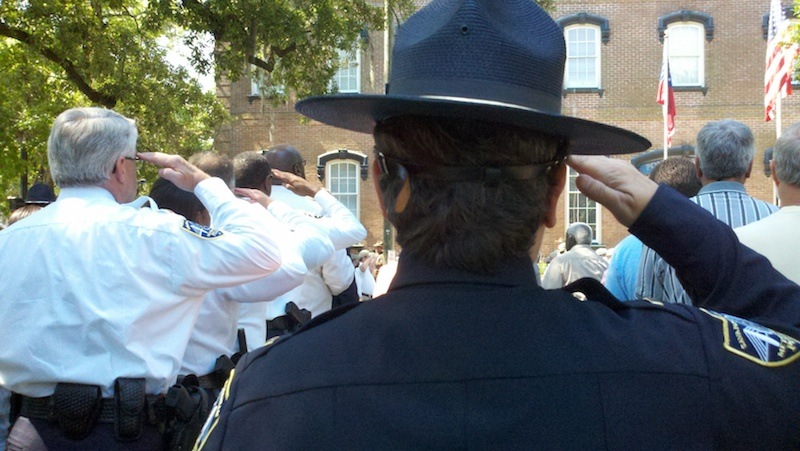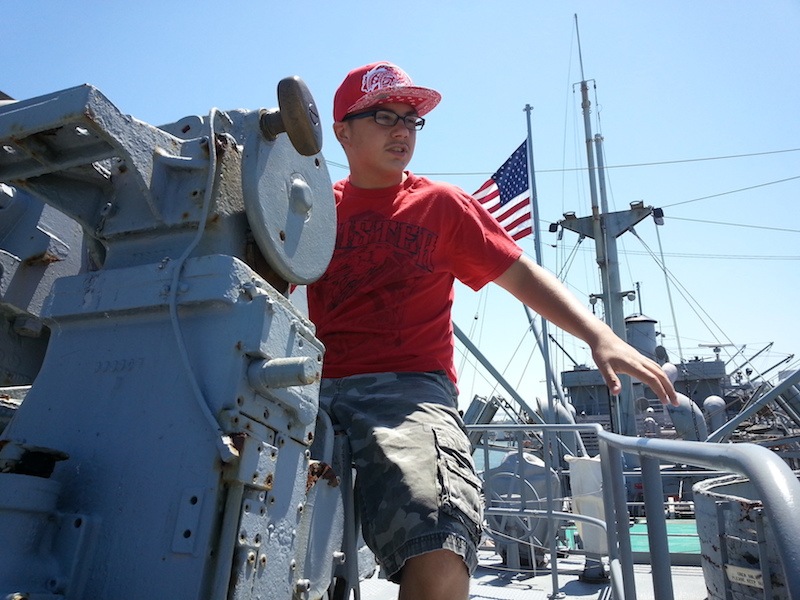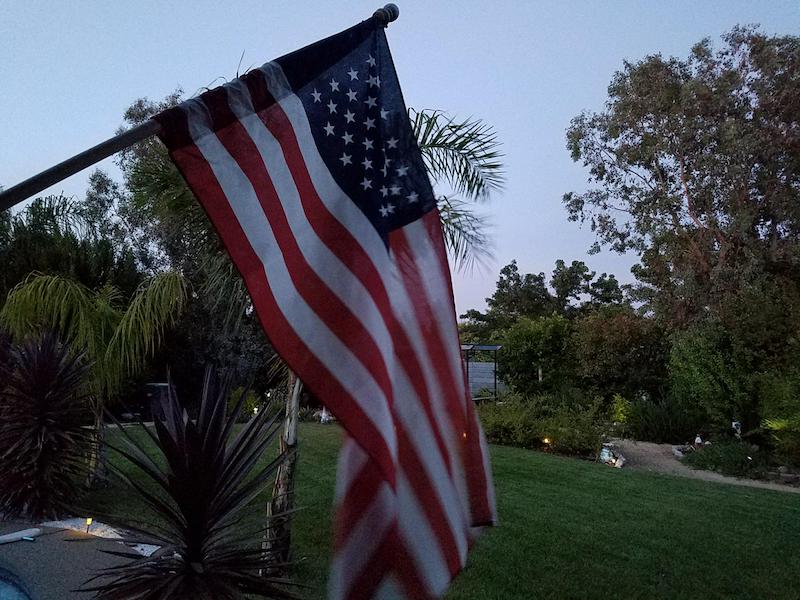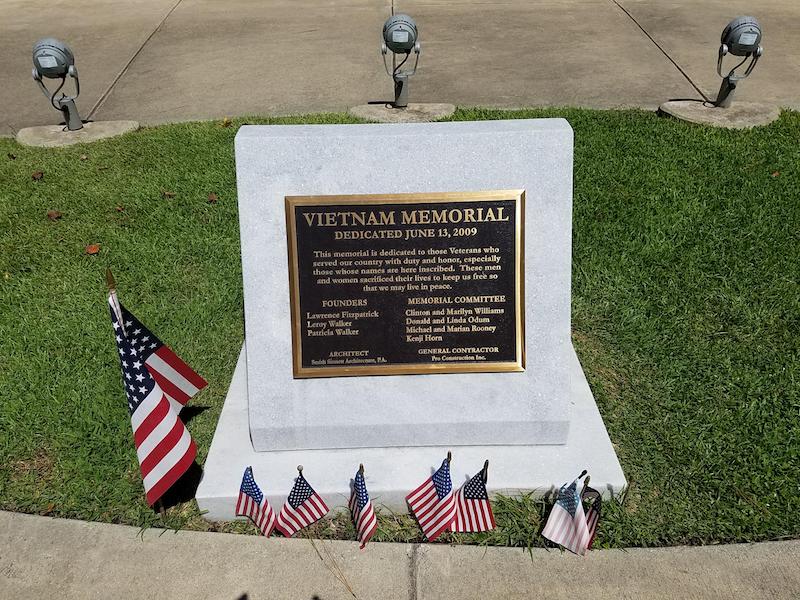Read any news story about a cop who used deadly force against a suspect and you’ll find a long list of mostly negative statements in the following comments section. For example, the person who complained about the shooting and killing of escaped New York prisoner Richard Matt, who, by the way, was armed with a shotgun at the time he was shot.
The commenter wrote, “In my mind Matt was murdered for the sake of sport.” They were speaking of THE Richard Matt, the murderer who killed his boss and dismembered his body before fleeing to Mexico where he killed another person.
Most people, though, understand that a convicted murderer/prison escapee holding a shotgun is a clear-cut definition of DANGER. So yeah, shooting Matt was a no-brainer (for most people).
But what about Matt’s escapee accomplice, convicted cop-killer David Sweat? When Sgt. Jay Cook encountered Sweat walking down a rural road near the Canadian border, what happened next is apparent. Sweat ran and the sergeant shot him twice in the back. Sweat was clearly unarmed and was running away, meaning there was no immediate physical threat to the trooper, right?
Well, under normal circumstances this would be true, that no threat was present. However, this was not a normal circumstance. First of all, Sweat and Matt were both convicted murderers and were both in prison serving life sentences. Next, and anyone who has followed this blog for a while already knows that officers may shoot a fleeing suspect if he has probable cause to believe the suspect poses a significant threat of death or serious physical injury to the officer or others (more on this in a minute).
Sergeant Cook definitely had reason to believe that Sweat posed a significant threat to others because he’s a known killer, and because he’s an escaped convict on the run who’d likely harm others to remain free, if that’s what it took to avoid capture.
Also, in many areas, including New York, the law allows for deadly force when stopping a dangerous convict from escaping prison.
Think about it for a moment. Those armed guards stationed in towers around the perimeters of prisons aren’t there simply to occupy space. In addition to keeping an eye on things from above, their duty is to stop any prisoner who makes it “across the fence.” That’s why corrections officers often practice their shooting skills on the range while perched in makeshift towers. They are the last line of defense between dangerous convicts and the public.
The same applies to law enforcement officers when searching for prison escapees who made it past the fences and tower officers.
Tennessee v. Garner
The 1986 U.S. Supreme Court case Tennessee v. Garner is the case that supports shooting fleeing suspects who pose a danger to others. Tennessee v. Garner also forbids the act when no threat is present. Clearly, though, an escaped murderer is a significant threat, armed or not.
Leaving Sweat and Matt for a moment, let’s apply this information to the case of the South Carolina officer, Michael Slager, who shot Walter Scott in the back while he, too, ran from a law enforcement officer. Scott was stopped for a minor traffic violation which is definitely not a threat to the officer or others. But Scott ran away. Well, simply running away from an officer does not pose a threat to anyone, including Officer Slager.
Although, maybe having to chase someone would have been a threat to the heart of an out of shape officer, but no real threat, legally speaking.
But shooting escaped killers David Sweat and Richard Matt? Definitely a no-brainer. They had to be stopped by whatever means it took to stop them.
Some have asked if officers would have shot the two escapees had they surrendered peacefully? Easy answer … No. I’ve been on several manhunts for prison escapees, including the escapes of viscous murderers, and not one of those ended with anyone shot, killed, or harmed in any way. A few ended at the electric chair, but that’s a different story.
With that said (above), I’d like to address the recent offer-involved fatal shooting of 17-year-old Antwon Rose.
The Story
Police stopped a vehicle Tuesday in East Pittsburgh, Pa. that matched the description of a one being sought in a failed drive-by shooting. Someone in the car fired several .40 cal. rounds at a subject.
East Pittsburgh officer Michael Rosfeld along with other officers were in the process of detaining the driver when the two passengers fled on foot. Antwon Rose was one of the two young men who fled from the scene.
Officer Rosfeld pursued and then fired the shots that killed the fleeing teen. It’s believed the shots were from behind, in the back. And that’s more than likely the case and a cellphone video appears to solidly support that claim.

Was it lawful for officers to shoot a fleeing suspect?
This scenario is a bit unique in that it occurred in Pennsylvania where the law permits shooting fleeing suspects, for just cause.
The Pennsylvania law does not mandate that the person fleeing from police be armed with a deadly weapon. Instead, it’s quite specific in that it states the officer must only believe that the use of deadly force at that precise moment be to prevent death or serious bodily injury to the officer or such other person.
In this case, Officer Rosfeld must be able to clearly articulate that he believed his use of deadly force was for this reason. Otherwise, the shooting is not just. Honestly, I believe Officer Rosfeld will soon find himself fighting charges of homicide. Remember, though, that the definition of homicide, simply stated, is – the killing of one human by another. It doesn’t’t have to be an illegal act – (justifiable shootings, state executions, etc.). In this case, though, well, I think the officer has problems and I believe he’ll be charged with a crime. We’ll see.
Speaking from experience (been-there, done-that), I can offer a few thoughts that were most likely going through the officers’ minds at the time of the stop. This, below, is from a Facebook post I wrote yesterday).
What officers knew prior to and during the stop
- A shooting has just occurred.
- The vehicle matched the description of the one driven by the shooter(s)
- Three suspects who could be armed and aren’t afraid to shoot.
- The possibility of firearms in this car was great.
- The rear window of the vehicle had been shot out. HUGE clue!
- While handcuffing the driver, two passengers fled.
- The danger level was over the top.
- This all took place in a matter of seconds/a minute or two.When things unfold that quickly, the brain doesn’t have time to calculate every single detail.Therefore, instinct and training kick in, meaning the officer reacts to the threat, instantly. We need to know exactly what occurred leading up to the shooting and at the precise second he pulled the trigger. The officer’s perception of the incident is critical.*Did you know they believed the car they pulled over was involved in the earlier incident because a back window had been shot out? That alone was probable cause to make the stop and to believe the danger level was high. But they also had a description of the car. 1+1 =When an officer receives a transmission about a wanted vehicle, they go on the information received. Then, when the occupants act out, well, every red flag in the book goes up – a driveby shooting, car matches the description, rear window shot out, suspects flee …
Hmm … sounds pretty reasonable to assume these guys were up to no good, right? And that no good in this instance most likely involved gunfire. It was also pretty safe to assume the men, at least one of them, was armed. Which one? You’d know it wasn’t the guy you just patted down and cuffed/were about to cuff. Therefore, one of the two who ran must be holding the gun used in the driveway. Or both.
Those are the sorts of things going through your mind at 1,000 mph, while you’re on the side of road, in the dark, while trying to handle three guys who could be attempted murderers. Your hands are busy with handcuffing a guy who could be armed, while trying to keep one eye on the other guys, who also could be armed.
Again, I’m not defending the officer. But I wanted to attempt to help people understand how something like this happens. Doesn’t mean the officer didn’t act improperly. But, I’m sure he was more than a bit scared due to the number of officers ambushed or shot death recently. For example, the two I posted just today. Those two died after a prisoner overpowered one of them and used their service weapon to kill both. And these are just two of the officers shot recently, They were the two out of several shot who died.
I agree, a terrible tragedy, for both the victim of the shooting, his family, and for the officer and his family. He’ll live with this for the rest of his life, second-guessing every single second of it, just as I have since 1995 when I shot and killed someone.
I think about it every single day of my life, wondering what I could have done differently. There was nothing of course, but it doesn’t stop my heart from aching like its being squeezed by a thousand hands every time I do. The scenario often creeps into my thoughts the moment my head hits the pillow. It’s horrible, and my family has suffered because of it. I’m not the same person I was even moments prior to sending that first bullet in the direction of the bank robber.
Here’s the Pa. code section detailing the use of deadly force.
Pennsylvania General Assembly – Title 18
§ 508. Use of force in law enforcement.
(a) Peace officer’s use of force in making arrest.–
(1) A peace officer, or any person whom he has summoned or directed to assist him, need not retreat or desist from efforts to make a lawful arrest because of resistance or threatened resistance to the arrest. He is justified in the use of any force which he believes to be necessary to effect the arrest and of any force which he believes to be necessary to defend himself or another from bodily harm while making the arrest. However, he is justified in using deadly force only when he believes that such force is necessary to prevent death or serious bodily injury to himself or such other person, or when he believes both that:
(i) such force is necessary to prevent the arrest from being defeated by resistance or escape; and
(ii) the person to be arrested has committed or attempted a forcible felony or is attempting to escape and possesses a deadly weapon, or otherwise indicates that he will endanger human life or inflict serious bodily injury unless arrested without delay.
(2) A peace officer making an arrest pursuant to an invalid warrant is justified in the use of any force which he would be justified in using if the warrant were valid, unless he knows that the warrant is invalid.
(b) Private person’s use of force in making arrest.–
(1) A private person who makes, or assists another private person in making a lawful arrest is justified in the use of any force which he would be justified in using if he were summoned or directed by a peace officer to make such arrest, except that he is justified in the use of deadly force only when he believes that such force is necessary to prevent death or serious bodily injury to himself or another.
(2) A private person who is summoned or directed by a peace officer to assist in making an arrest which is unlawful, is justified in the use of any force which he would be justified in using if the arrest were lawful, unless he knows that the arrest is unlawful.
(3) A private person who assists another private person in effecting an unlawful arrest, or who, not being summoned, assists a peace officer in effecting an unlawful arrest, is justified in using any force which he would be justified in using if the arrest were lawful, if:
(i) he believes the arrest is lawful; and
(ii) the arrest would be lawful if the facts were as he believes them to be.
(c) Use of force regarding escape.–
(1) A peace officer, corrections officer or other person who has an arrested or convicted person in his custody is justified in the use of such force to prevent the escape of the person from custody as the officer or other person would be justified in using under subsection (a) if the officer or other person were arresting the person.
(2) A peace officer or corrections officer is justified in the use of such force, including deadly force, which the officer believes to be necessary to prevent the escape from a correctional institution of a person whom the officer believes to be lawfully detained in such institution under sentence for an offense or awaiting trial or commitment for an offense.
(3) A corrections officer is justified in the use of such force, which the officer believes to be necessary to defend himself or another from bodily harm during the pursuit of the escaped person. However, the officer is justified in using deadly force only when the officer believes that such force is necessary to prevent death or serious bodily injury to himself or another or when the officer believes that:
(i) such force is necessary to prevent the apprehension from being defeated by resistance; and
(ii) the escaped person has been convicted of committing or attempting to commit a forcible felony, possesses a deadly weapon or otherwise indicates that he will endanger human life or inflict serious bodily injury unless apprehended without delay.
(d) Use of force to prevent suicide or the commission of crime.–
(1) The use of force upon or toward the person of another is justifiable when the actor believes that such force is immediately necessary to prevent such other person from committing suicide, inflicting serious bodily injury upon himself, committing or consummating the commission of a crime involving or threatening bodily injury, damage to or loss of property or a breach of the peace, except that:
(i) Any limitations imposed by the other provisions of this chapter on the justifiable use of force in self-protection, for the protection of others, the protection of property, the effectuation of an arrest or the prevention of an escape from custody shall apply notwithstanding the criminality of the conduct against which such force is used.
(ii) The use of deadly force is not in any event justifiable under this subsection unless:
(A) the actor believes that there is a substantial risk that the person whom he seeks to prevent from committing a crime will cause death or serious bodily injury to another unless the commission or the consummation of the crime is prevented and that the use of such force presents no substantial risk of injury to innocent persons; or
(B) the actor believes that the use of such force is necessary to suppress a riot or mutiny after the rioters or mutineers have been ordered to disperse and warned, in any particular manner that the law may require, that such force will be used if they do not obey.
(2) The justification afforded by this subsection extends to the use of confinement as preventive force only if the actor takes all reasonable measures to terminate the confinement as soon as he knows that he safely can, unless the person confined has been arrested on a charge of crime.
(July 17, 2007, P.L.139, No.41, eff. 60 days)
2007 Amendment. Act 41 amended subsec. (c).
Cross References. Section 508 is referred to in section 8340.2 of Title 42 (Judiciary and Judicial Procedure).
“The use of deadly force is not justifiable . . . unless (i) the arrest is for a felony; and (ii) the person effecting the arrest is authorized to act as a peace officer or is assisting a person whom he believes to be authorized to act as a peace officer; and (iii) the actor believes that the force employed creates no substantial risk of injury to innocent persons; and (iv) the actor believes that (1) the crime for which the arrest is made involved conduct including the use or threatened use of deadly force; or (2) there is a substantial risk that the person to be arrested will cause death or serious bodily harm if his apprehension is delayed.”
The Supreme Court said in the Graham v. Connor decision, “The reasonableness of a particular use of force must be judged from the perspective of a reasonable officer on the scene, rather than with the 20/20 vision of hindsight.”
Finally – Please DO NOT rely on news and social media as a basis for rendering judgement on this incident or other). Those reports are all over the place, and most are extremely inaccurate. They’re uneducated speculations, wishes, dreams, etc. of “reporters” hoping to get the first scoop.
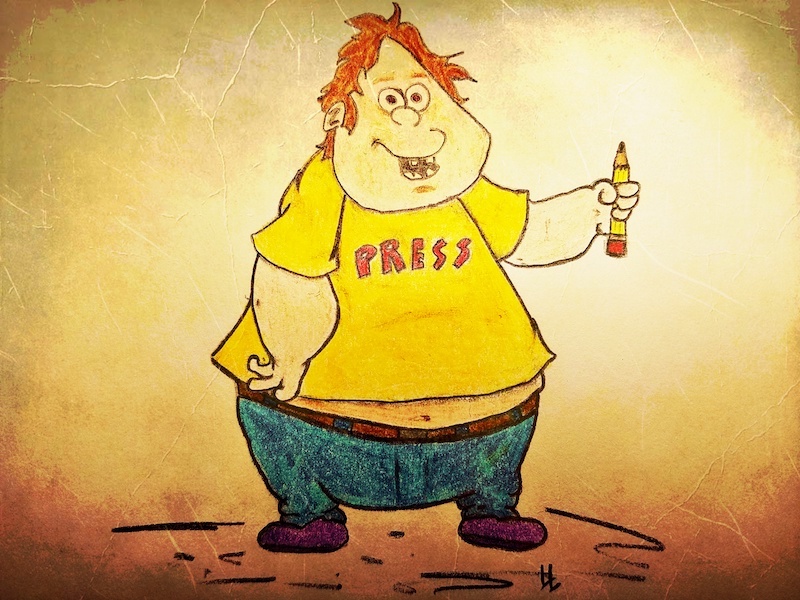
I.B “Fake News” Lion
I’ll say this one more time – This is not a political statement, nor is it a defense of the officer’s actions. I was not there so it would be impossible for me to know exact details, and I will never know what was going through the officer’s mind and/or the state of his emotions and perception at the time of the shooting. Remember, the law says we’re not allowed to play Monday morning armchair quarterback. Instead, we must base our decisions on the reasonableness of a particular use of force from the perspective of a reasonable officer on the scene. Not the opinion of @I.B. Lion, the guy in his mom’s basement who pumps out dozens of false media reports on social media sites.
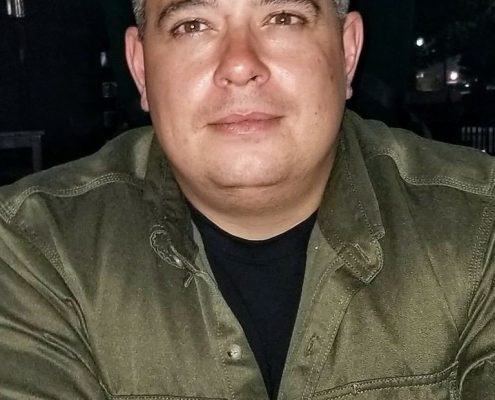 Officer Mathew Mazany, 41
Officer Mathew Mazany, 41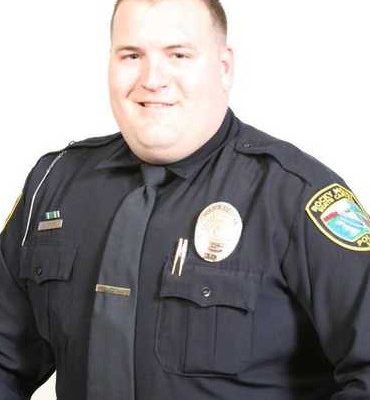 Senior Police Officer Christopher Driver, 27
Senior Police Officer Christopher Driver, 27
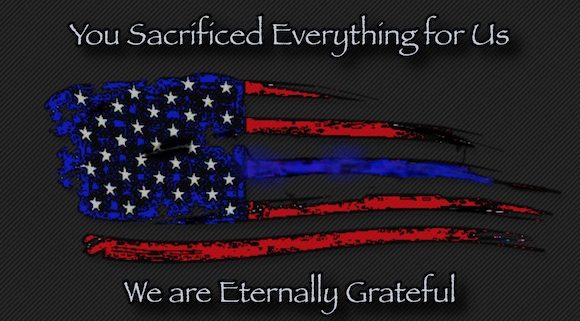

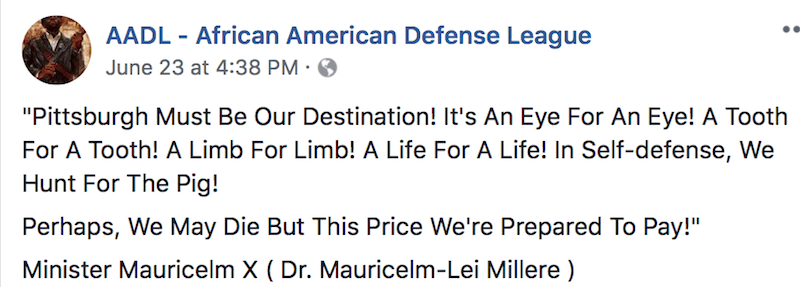
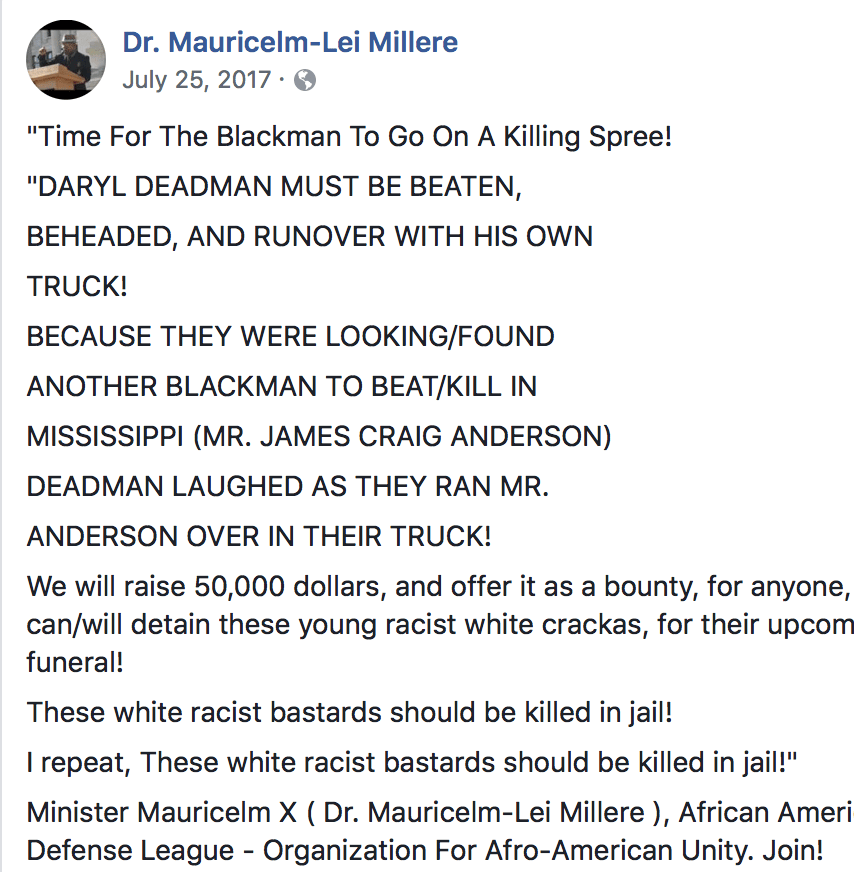
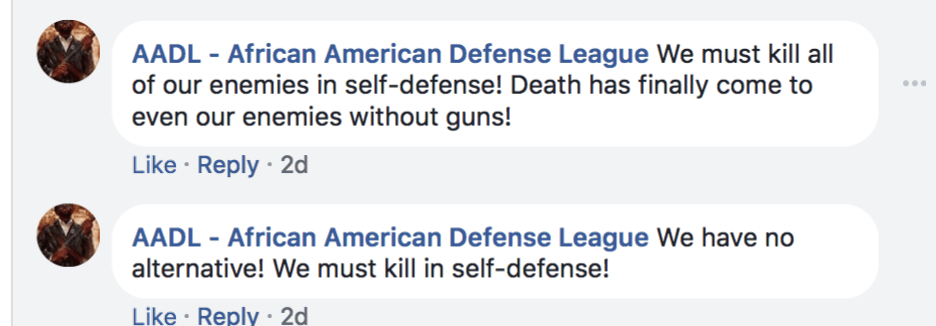

 Ollie placed the old porkpie on his head, retrieved a scarred wooden cane he’d hooked to the table edge, and after griping a bit about his sciatica, he said, “And then there’s the gout, a past-due hip replacement, two blown knees, rheumatoid arthritis, a hernia, high blood pressure, sleep apnea, joint degeneration, and I’m allergic to gluten, pet dander, dust, pollen, strawberries, and nuts. My eyesight is in the toilet and I wear a hearing aid when I remember to do so. I’ve had several cancerous moles removed and my sugar’s through the roof. My last colonoscopy showed “something,” hopefully a scrap of peanut or popcorn, and I’m supposed to walk at least a mile each day because the old ticker’s been acting up.”
Ollie placed the old porkpie on his head, retrieved a scarred wooden cane he’d hooked to the table edge, and after griping a bit about his sciatica, he said, “And then there’s the gout, a past-due hip replacement, two blown knees, rheumatoid arthritis, a hernia, high blood pressure, sleep apnea, joint degeneration, and I’m allergic to gluten, pet dander, dust, pollen, strawberries, and nuts. My eyesight is in the toilet and I wear a hearing aid when I remember to do so. I’ve had several cancerous moles removed and my sugar’s through the roof. My last colonoscopy showed “something,” hopefully a scrap of peanut or popcorn, and I’m supposed to walk at least a mile each day because the old ticker’s been acting up.”
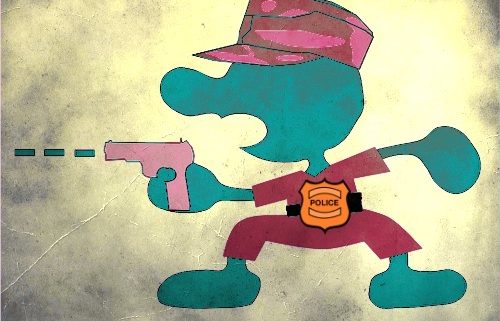


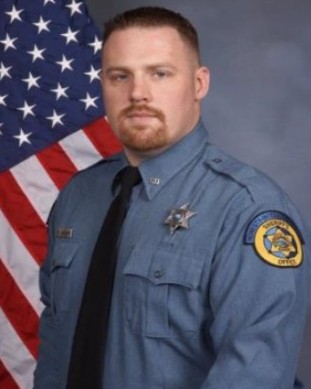 Deputy Sheriff Patrick Rohrer, 35
Deputy Sheriff Patrick Rohrer, 35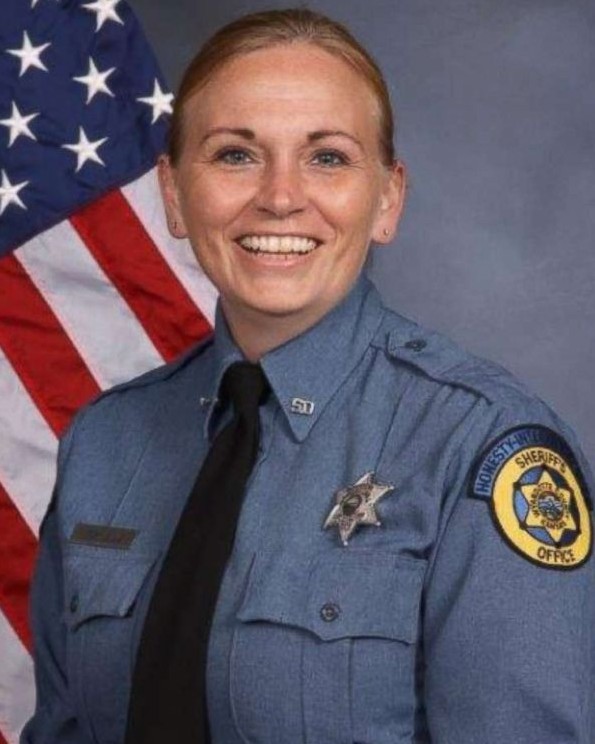 Deputy Sheriff Theresa King, 44
Deputy Sheriff Theresa King, 44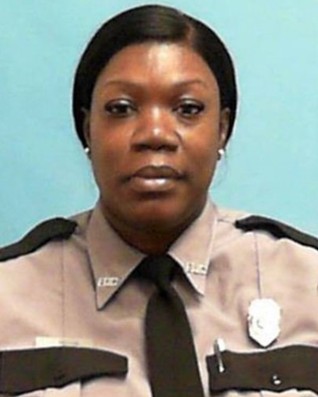 Correctional Officer Tawanna Marin, 48
Correctional Officer Tawanna Marin, 48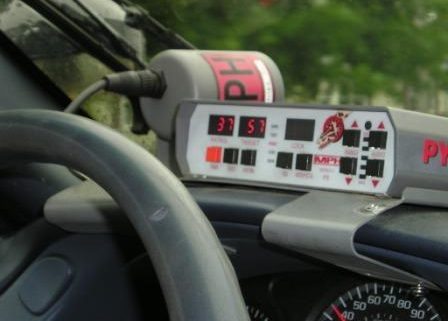
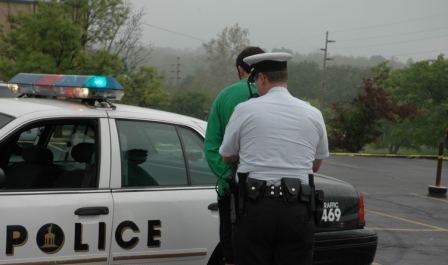
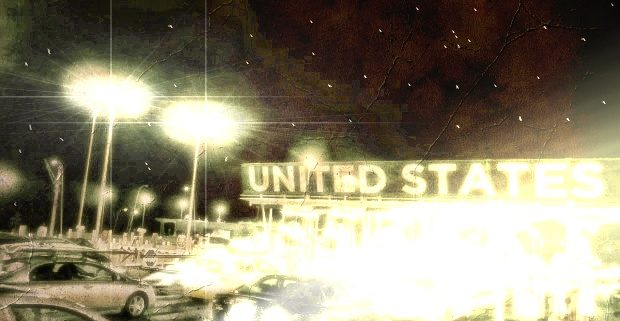


 Collection Operations Manager Christopher Todd Bacon, 51
Collection Operations Manager Christopher Todd Bacon, 51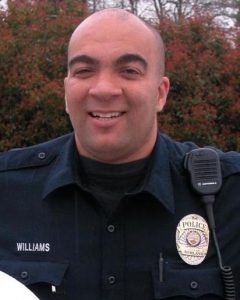 Officer Malcus Williams, II, 51
Officer Malcus Williams, II, 51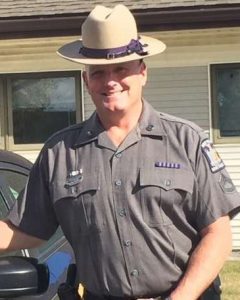 Sergeant Charles Salaway, 55
Sergeant Charles Salaway, 55